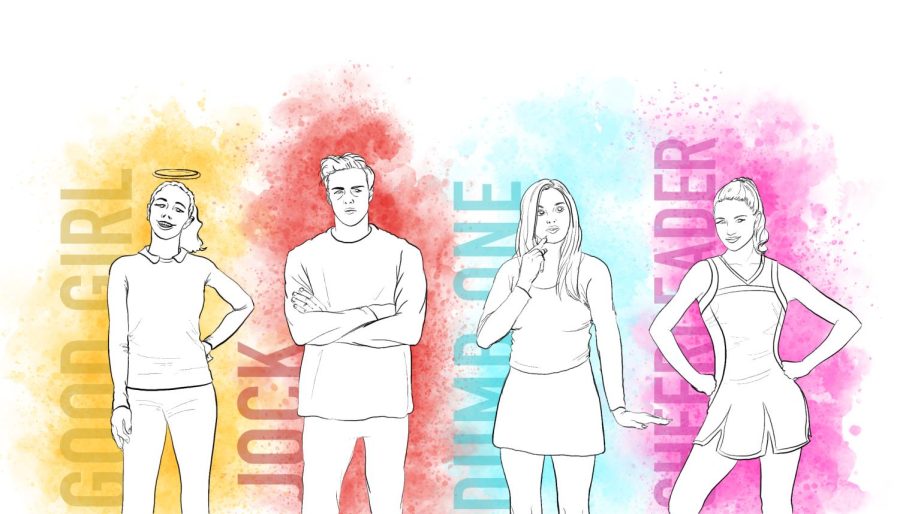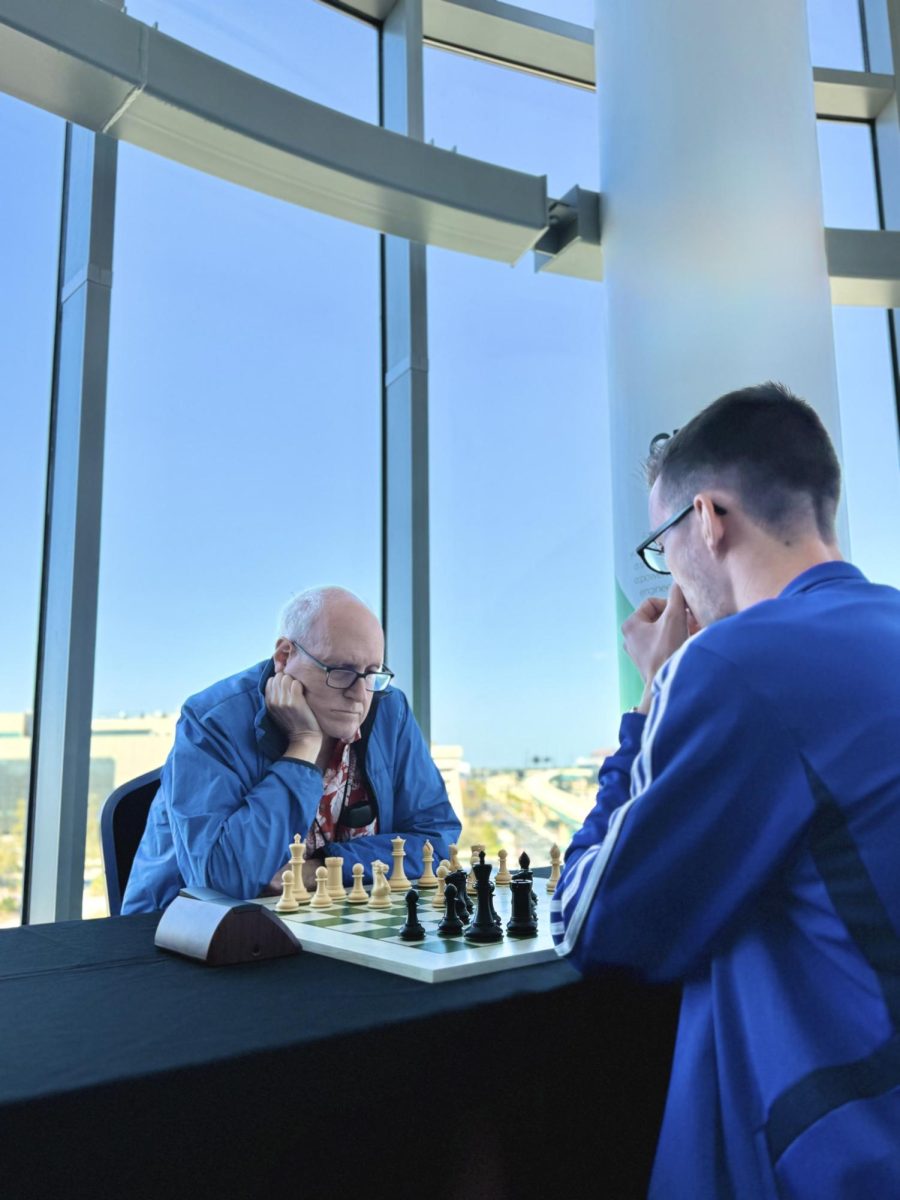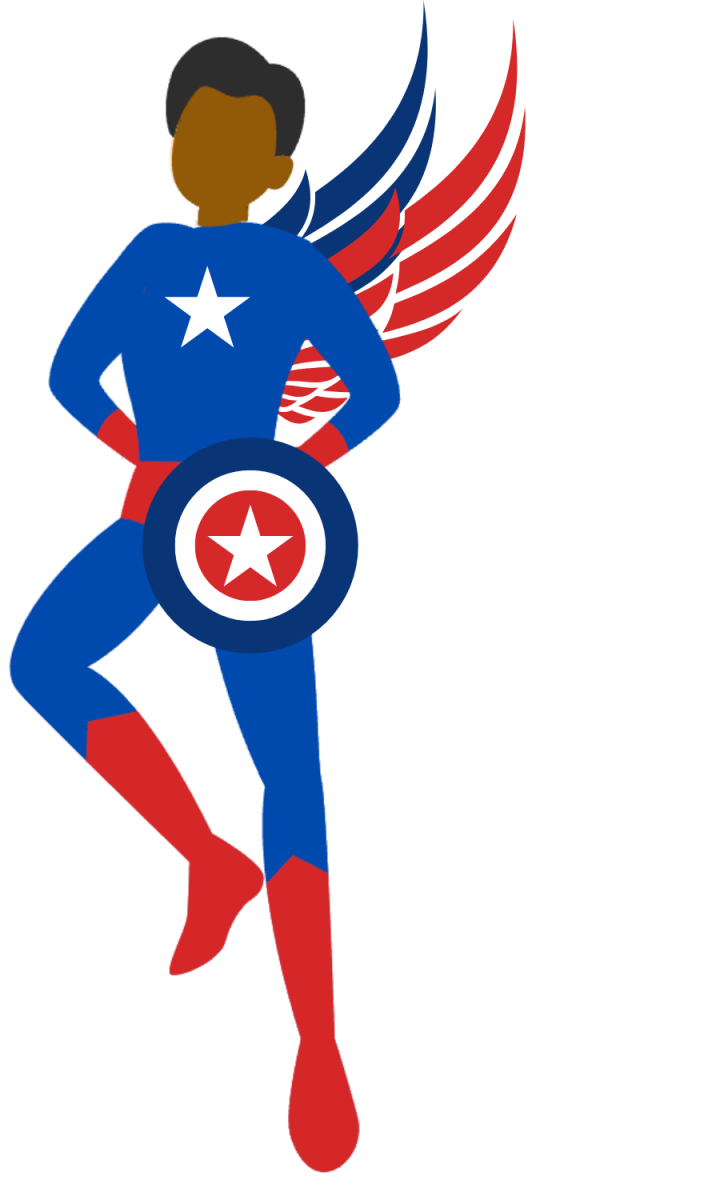Teenagers in television and film are often portrayed as cut and dry versions of stereotypes, labeled with one trait while simultaneously being declared ineligible for others.
While one may argue that such portrayals are just fiction, the problem arises when teens aspire to embody these two-dimensional archetypes. The consequences can be damaging to both adolescents’ physical and mental health.
An article published by University of Pennsylvania Annenberg explored the influence of film culture on teenagers and declared it similar to that of a peer.
One example of this effect is shown through the portrayal of drugs and alcohol. John Hopkins Medicine found 93% of shows heavily watched by teens portray alcohol abuse and 22% convey drug abuse. By portraying such stereotypes, the industry can lead to an increase in onset use in adolescents.
Various studies have discovered a link between adolescent smoking and alcohol use in film/television in relation to those same habits in real life.
In addition to the obstacles above, teenage girls specifically have to contend with stereotypes that oversexualize them. According to a study done by University of Southern California Annenberg on female stereotypes in film/tv, the percentage of teen girls shown with nudity is more than double the percentage of boys (35% vs. 14.1%). Although this gendered difference occurs in portrayals of adults as well, it is particularly harmful to adolescents.
As the industry continually focuses on the bodies of girls, the lack of focus on their intellect becomes more apparent. According to the same USC Annenberg study, only 8.1% of young female characters in film have discernible academic interests and goals. The constant portrayal of teenage girls as less intelligent can communicate harmful messages.
“I think that even if we try not to let those [stereotypes] influence us, subconsciously, when we see somebody doing something…we feel that we also have to kind of follow their footsteps,” Junior Mary Zaher said.
The harm with a stereotype is that it not only serves as a mirror that instructs teenagers on how to behave, but it also models how others should treat teens.
“When you tell someone you do cheer, it’s like, oh my god, so you’re popular,” freshman Ella Eichenholz said. “No, I’m not. It’s not High School Musical.”
Zaher adds that such stereotypes are not only frustrating but damaging.
“When you’re trying to make an impression, if they already have that kind of ingrained image of what your stereotype is, it can be very harmful,” Zaher said.
At the end of the day, the fashionable and reckless lives of teenagers shown through the media are inaccurate.
“We’re naive as adults if we assume that teens don’t deal with a lot,” guidance counselor Rylan Smith said. “However, I think TV shows tend to bring out the extremes. And the reality is most teenagers and really, most anybody falls somewhere in the middle.”
The irony is that the people who find these exaggerated versions of teens most entertaining are teens themselves.
Freshman Morgan McIver finds that if teen media was made too accurate it would become predictable because she would already know the story.
However, other teens have alternative opinions, believing that more genuine and relatable characters would add to the entertainment value of television and film targeting teenagers.
“It’s much harder to relate to somebody who’s just a stereotype rather than a well-developed character who has character flaws and is more like a real person,” Zaher said.
Whether or not the use of stereotypes in film is entertaining is a point still up for debate, but those harms do have consequences in reality, to the point where it is hard to discern whether what’s displayed on the screen molds society or simply reflects it.
“People have a habit of wanting to categorize people into boxes,” Zaher said. “I think it’s a lot easier than getting to know every individual person. But it can be really harmful, especially when it’s depicted in the media, because every person is unique and individual. And, sometimes we kind of look past that because of our prejudices that have been kind of ingrained into us through that media.”















